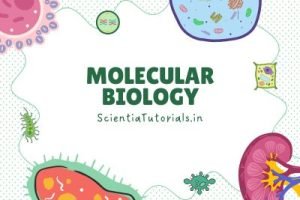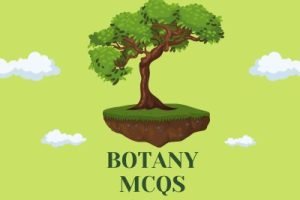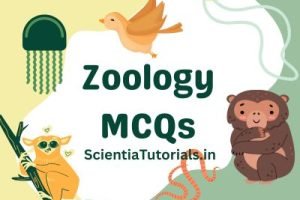MCQs on Vermicomposting
MCQs on Vermicomposting
Q. Which of the following chemicals is used for protecting vermi-bed from ants?
(a) DDT
(b) Griseofulvin
(c) Chloramphenicol
(d) Chlorpyriophosphate
Sol.(d) Chlorpyriophosphate.
Q. Which of the following is a commonly used earthworm species for the vermicomposting process?
(a) Eisenia fetida
(b) Perionix excavatus
(c) Both (a) and (b)
(d) None of the above
Sol. (c) Both (a) and (b).
Q. The highly decomposed organic matter rich in minerals like nitrogen, phosphorus, and potassium, in particular, produced from the activity of earthworms is called ________.
(a) Humus
(b) Vermicompost
(c) Worm casting
(d) Compost bedding
Sol.(b) Vermicompost.
Q. Vermicompost is used as a biofertilizer because it is rich in__________.
(a) Calcium
(b) Nitrogen
(c) Phosphorus
(d) All of the above
Sol.(d) All of the above.
Q. Which of the following is false about vermicomposting?
(a) Worms population doubles in 90 days
(b) Worms eat double their body weight
(c) The wooden bin is best for vermicomposting
(d) Red worms are the best for vermicomposting
Sol. (b) The worms eat double their body weight.
Q. Which of the following is true about vermicomposting?
(a) Composting using rats
(b) Composting using birds
(c) Composting using worms
(d) All of the above
Sol. (c) Composting using worms.
Q. Which of the following is true about vermicompost?
(a) Vermicompost is red in colour
(b) Vermicompost is black in colour
(c) Vermicompost is white in colour
(d) Vermicompost is brown in colour
Sol. (d) Vermicompost is brown in colour.
Q. Which of the following are the best worms used for composting?
(a) Maggots
(b) Pink worms
(c) Red wigglers
(d) All of the above
Sol. (c) Red wigglers.
Q. The moisture level required for vermicomposting should be between _______.
(a) Below 30 per cent
(b) 40 and 50 per cent
(c) 70 and 80 per cent
(d) Above 90 per cent
Sol. (c) 70 and 80 per cent.
Q. The maximum temperature required for vermicomposting is_______.
(a) 20C to 25C
(b) 25C to 30C
(c) 30C to 35C
(d) 35C to 40C
Sol.(c) 30C to 35C.
Q. Which of the following is not a drawback of vermicomposting?
(a) Time-consuming process
(b) Require regular monitoring
(c) Require minimum temperature
(d) Enriches soil with microorganisms
Sol. (d) Enriches soil with microorganisms.
Q. Which of the following is not raw material required for preparing composts?
(a) Cow dung
(b) Weed biomass
(c) Dry straw and leaves
(d) All of the above
Sol. (d) All of the above.
Q. Which of the following procedures are used by the farmers to multiply the earthworms?
(a) By adding cow dung
(b) By adding plant materials
(c) By mixing more amount of biodegradable wastes
(d) All of the above
Sol. (d) All of the above.
Q. Which of the following products cannot be used for vermicomposting?
(a) Cow dung
(b) Plant materials
(c) Animal Wastes
(d) All of the above
Sol. (c) Animal Wastes.



